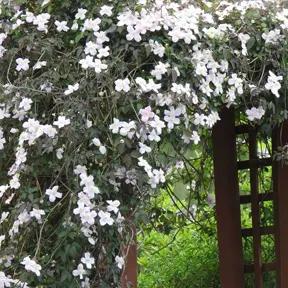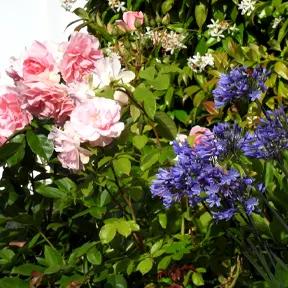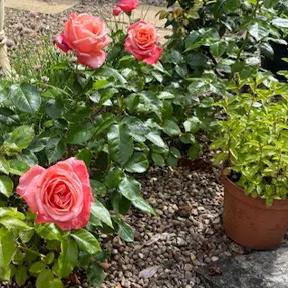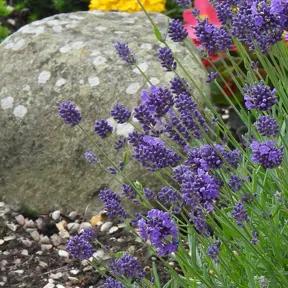Abies Grandis Sapling Trees
Abies grandis
Sapling Trees- Large, vigorous evergreen conifer.
- Likes moist soils.
- Sizes: Saplings only.
- Good for timber & tall windbreaks.
- Max. Height: 60m
- Bareroot Delivery Only: Nov-Mar.
Description
Abies Grandis Saplings
Delivered by Mail Order Direct from our Nursery with a Year Guarantee
Grand Fir trees, Abies grandis, are large, fast growing, evergreen conifers. Although this hardy tree is suitable for most deep soils, it doesn't like polluted urban sites or growing on the coast. Abies grandis has a straight trunk and a compact canopy. Older trees tend to develop odd shaped branches that begin growing one way and suddenly twist around for no apparent reason, giving each tree its own character. The scented needles are deep glossy green with pale grey-green, almost silver, undersides.
The Grand fir produces cigar shaped cones that fall every year, providing a regular food source to both birds and ground animals. It s not suitable for a clipped hedge but it can be grown as a screening tree up to about 60 metres high. It is a good, tall windbreak tree.
Browse our variety of large garden trees or view our full range of trees.
Grand Fir saplings are only delivered bareroot, during winter (Nov-Apr). All of our young trees and shrubs are measured by their height in centimetres above the ground (the roots aren't measured).
History & uses of Abies grandis:
Grand firs are native to the Western parts of North America and Canada. They were discovered by the Scottish Botanist David Douglas and brought back here in 1830. His explorations and the trees he sent back had a massive impact on our woodlands and timber industry. The largest Grand Fir trees on record were up to 75 metres, but the British climate is unlikely to produce such giants. It is one of the most productive timber trees of the "silver" fir group and even though it isn't native, it has become one of the most useful trees for plantations in Britain, especially in Scotland.
It may be interesting to note that our native red squirrel, which has had such a hard time competing against the American grey squirrel, is now mostly found surviving in forests of these trees.
Planting Instructions
Notes on planting Grand Fir:
Your trees tolerate quite alkaline soils, but they won't grow on shallow chalk. Their favourite soils are in moist mountain terrain, where rainfall is high and drainage is good.
They will grow steadily in quite deep shade while they are young, but mature trees need to reach full sun.
Remember to water establishing plants during dry weather for at least a year after planting.
After Care
After you plant your Grand Fir trees, the most important thing to do is water them in dry weather. You will also need to weed around the plants. Both of these will be necessary for at least a year after planting.
After you plant your Grand Fir trees, the most important thing is to water them in dry weather. You will also need to weed around the plants. Both of these will be necessary for at least a year after planting.
It's Summer Planting Season 2025
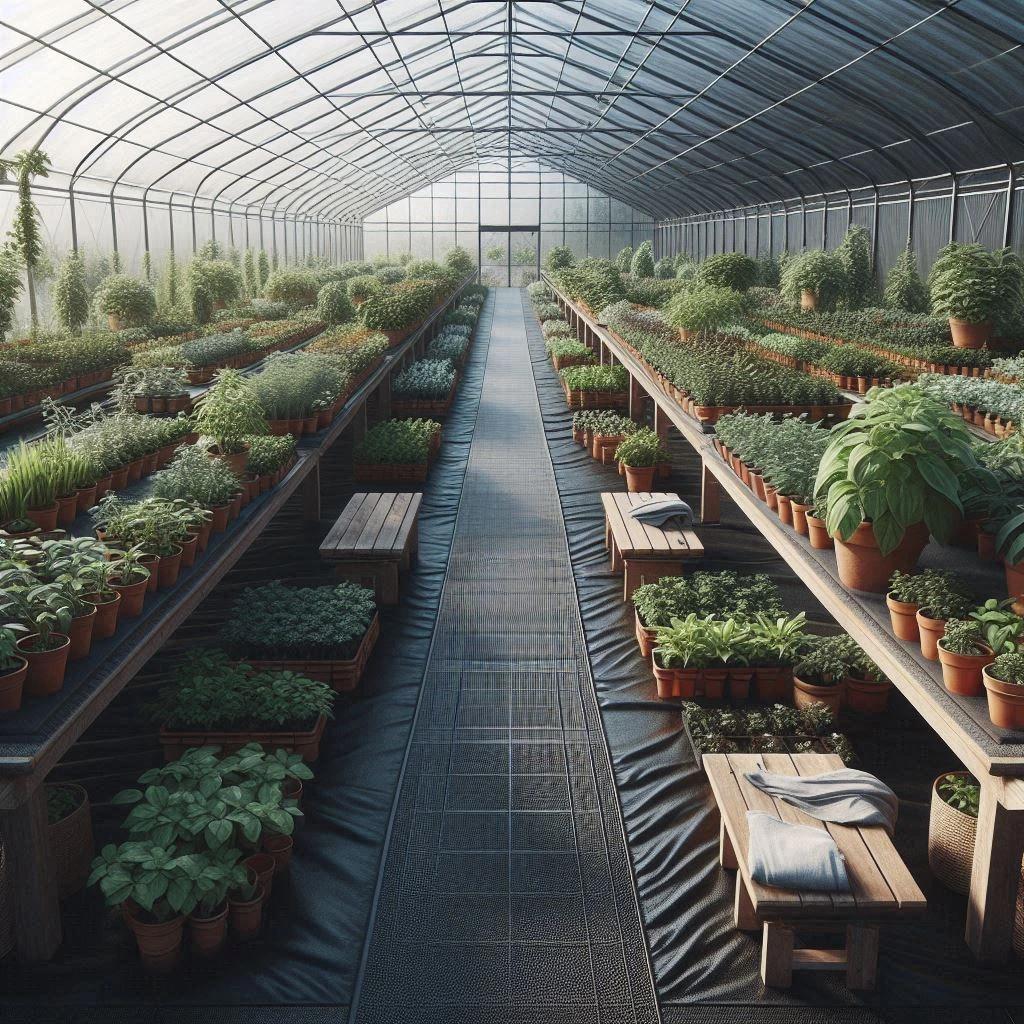
Pot Grown & Plug Plants Delivered

Direct from the Nursery Value

No more broken plants in the post!


 Hero Img.webp)
 Hero Img.webp)


